Shooting for the Moon with Brian Floca
and Debbie Ouellet
 Monday, July 20th, 2009
Monday, July 20th, 2009
(Click to enlarge.)
Today we celebrate the fortieth anniversary of the first manned mission, Apollo 11, to land on the Moon. Launched on July 16, 1969, it landed on July 20, and Mission Commander Neil Alden Armstrong and Lunar Module Pilot Edwin Eugene “Buzz” Aldrin, Jr., became the first men to walk on the moon, while Command Module Pilot Michael Collins orbited above.
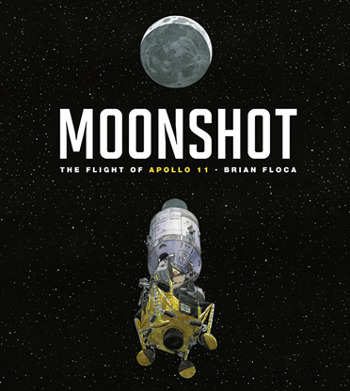 If you haven’t already seen a copy of Brian Floca’s Moonshot: The Flight of Apollo 11 (Atheneum/Richard Jackson Books, April 2009), you’re in for a big treat. And I’m going to give you a bit of a peek into the book today, since Brian indulged my over-enthusiastic request for some of the watercolor spreads from the book.
If you haven’t already seen a copy of Brian Floca’s Moonshot: The Flight of Apollo 11 (Atheneum/Richard Jackson Books, April 2009), you’re in for a big treat. And I’m going to give you a bit of a peek into the book today, since Brian indulged my over-enthusiastic request for some of the watercolor spreads from the book.
I’m stubbornly holding on to my library copy—I’m probably already in Overdues Territory—because it’s an excellent picture book. As in, I hope it sees some awards. As in, it would be just wrong if it didn’t. Yes, I’m a fan of Floca’s work, but this is a book that’s already been met with all kinds of wide acclaim: Kirkus, Booklist, The Horn Book, The Bulletin of the Center for Children’s Books, and School Library Journal have all given it starred reviews. Publishers Weekly wrote that Brian’s rendition of the flight is “as poetic as it is historically resonant.” And, in the Washington Post, Kristi Jemtegaard wrote: Read the rest of this entry �
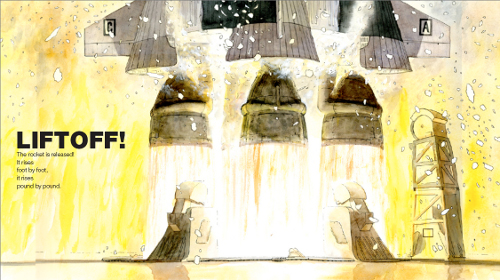
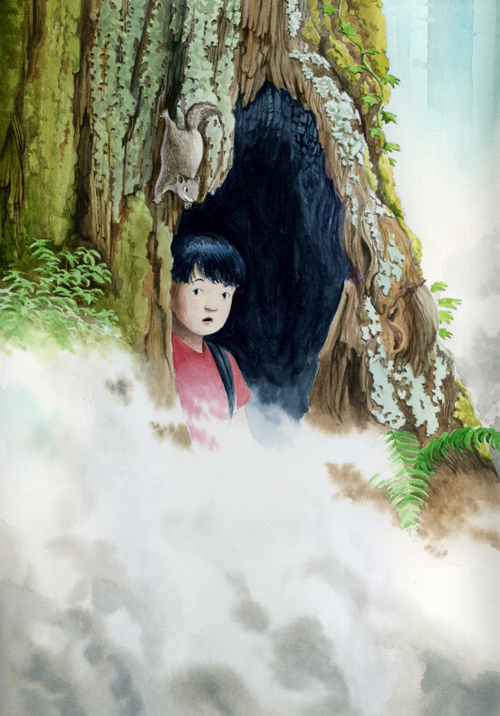
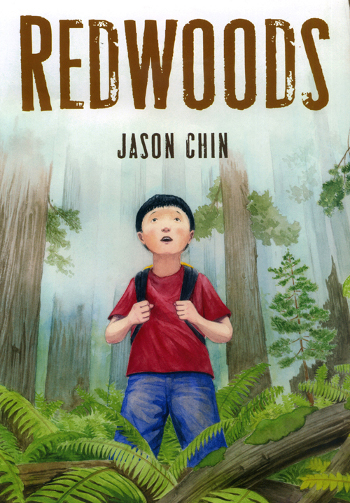 I’m shining a spotlight today on someone who is not new to children’s lit but who has just released the first title he’s both written and illustrated. And that would be
I’m shining a spotlight today on someone who is not new to children’s lit but who has just released the first title he’s both written and illustrated. And that would be 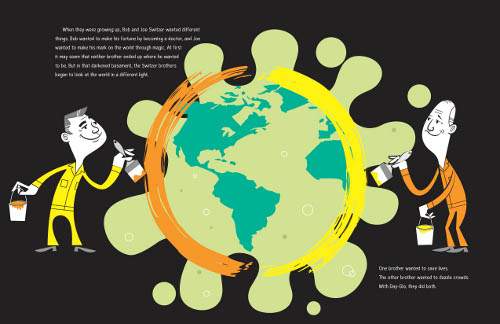
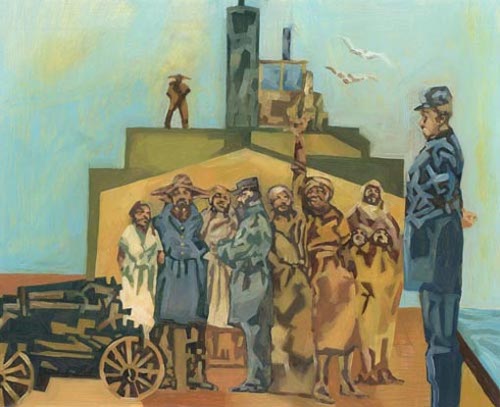
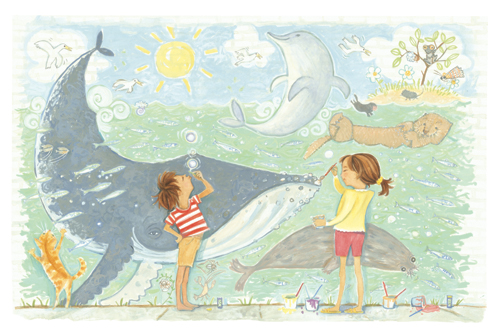
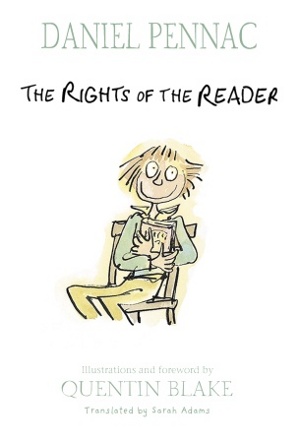 You guys! Do you know that there is a newly-illustrated version of
You guys! Do you know that there is a newly-illustrated version of 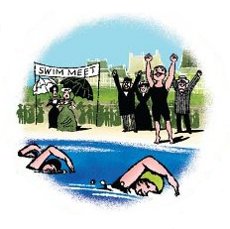 Here’s swimmer, film star, fashion trend-setter, and the first woman to attempt to swim the English Channel,
Here’s swimmer, film star, fashion trend-setter, and the first woman to attempt to swim the English Channel, 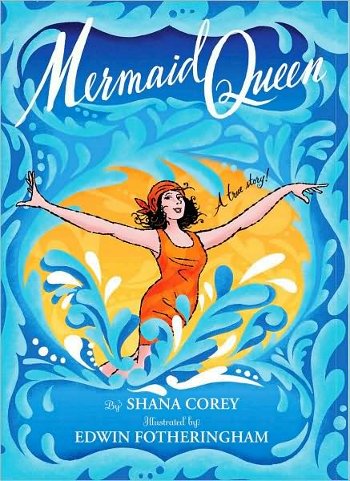 Corey’s
Corey’s 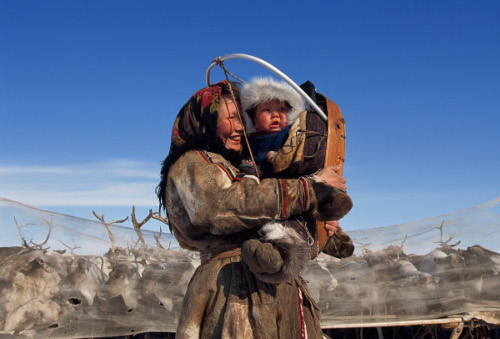
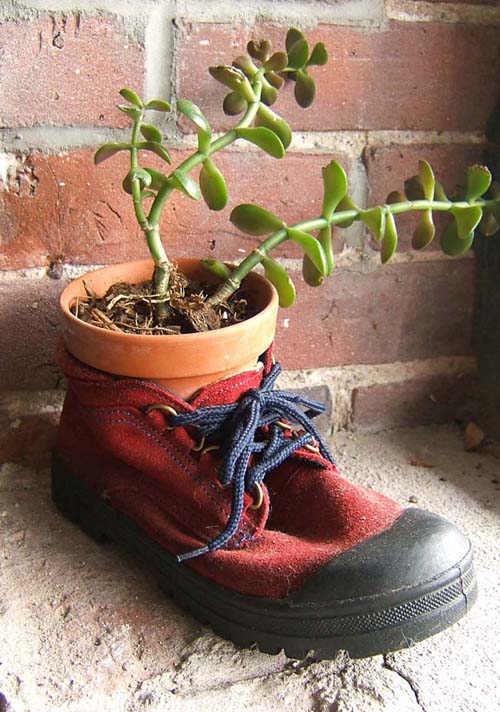
 I invited author/illustrator
I invited author/illustrator 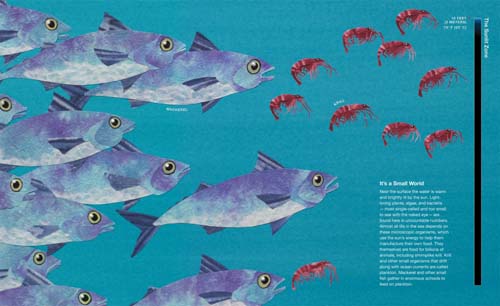
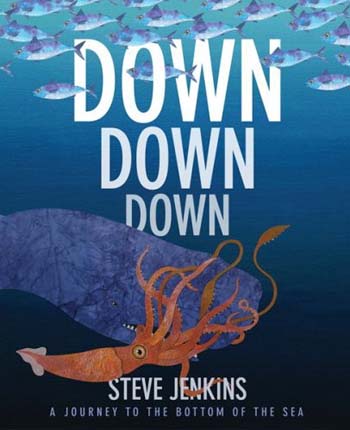 This is how Jenkins opens the book, then telling us we’ll be descending from the surface of the ocean to the sea floor, travelling through “one of the most extreme environments on earth.” In fact, in the next spread we see that he actually begins above the surface, showing us that sometimes, “without warning, the creatures of this hidden world burst into our own…sea creatures sometimes leap from the water into the air…” (great white shark, flying squid, spinner dolphin, etc.) Indeed, he eventually takes us to the deepest spot in the sea, in which almost seven miles of water rest above our heads, to the Challenger Deep. In between, he puts to use his usual charms on each and every spread: His richly-textured images and detailed visual data, as well as his ability to lay out sea-life facts in an engaging manner, appealing to a wide variety of ages. (My own very young children, who are drawn to Jenkins’ titles like candy, actually use the book as a toy—though we’ve read it precisely seven bajillion times, too—putting their small dinosaur creatures on the book’s sea spreads to interact with the ogrefish, goblin sharks, deep-sea jellyfish, and giant squids.) My favorite fun fact? Bioluminescence—when animals can produce their own light, as most of the sea life that live below the sunlit layer of the ocean do—is the most common form of animal communication on earth. Who knew.
This is how Jenkins opens the book, then telling us we’ll be descending from the surface of the ocean to the sea floor, travelling through “one of the most extreme environments on earth.” In fact, in the next spread we see that he actually begins above the surface, showing us that sometimes, “without warning, the creatures of this hidden world burst into our own…sea creatures sometimes leap from the water into the air…” (great white shark, flying squid, spinner dolphin, etc.) Indeed, he eventually takes us to the deepest spot in the sea, in which almost seven miles of water rest above our heads, to the Challenger Deep. In between, he puts to use his usual charms on each and every spread: His richly-textured images and detailed visual data, as well as his ability to lay out sea-life facts in an engaging manner, appealing to a wide variety of ages. (My own very young children, who are drawn to Jenkins’ titles like candy, actually use the book as a toy—though we’ve read it precisely seven bajillion times, too—putting their small dinosaur creatures on the book’s sea spreads to interact with the ogrefish, goblin sharks, deep-sea jellyfish, and giant squids.) My favorite fun fact? Bioluminescence—when animals can produce their own light, as most of the sea life that live below the sunlit layer of the ocean do—is the most common form of animal communication on earth. Who knew.